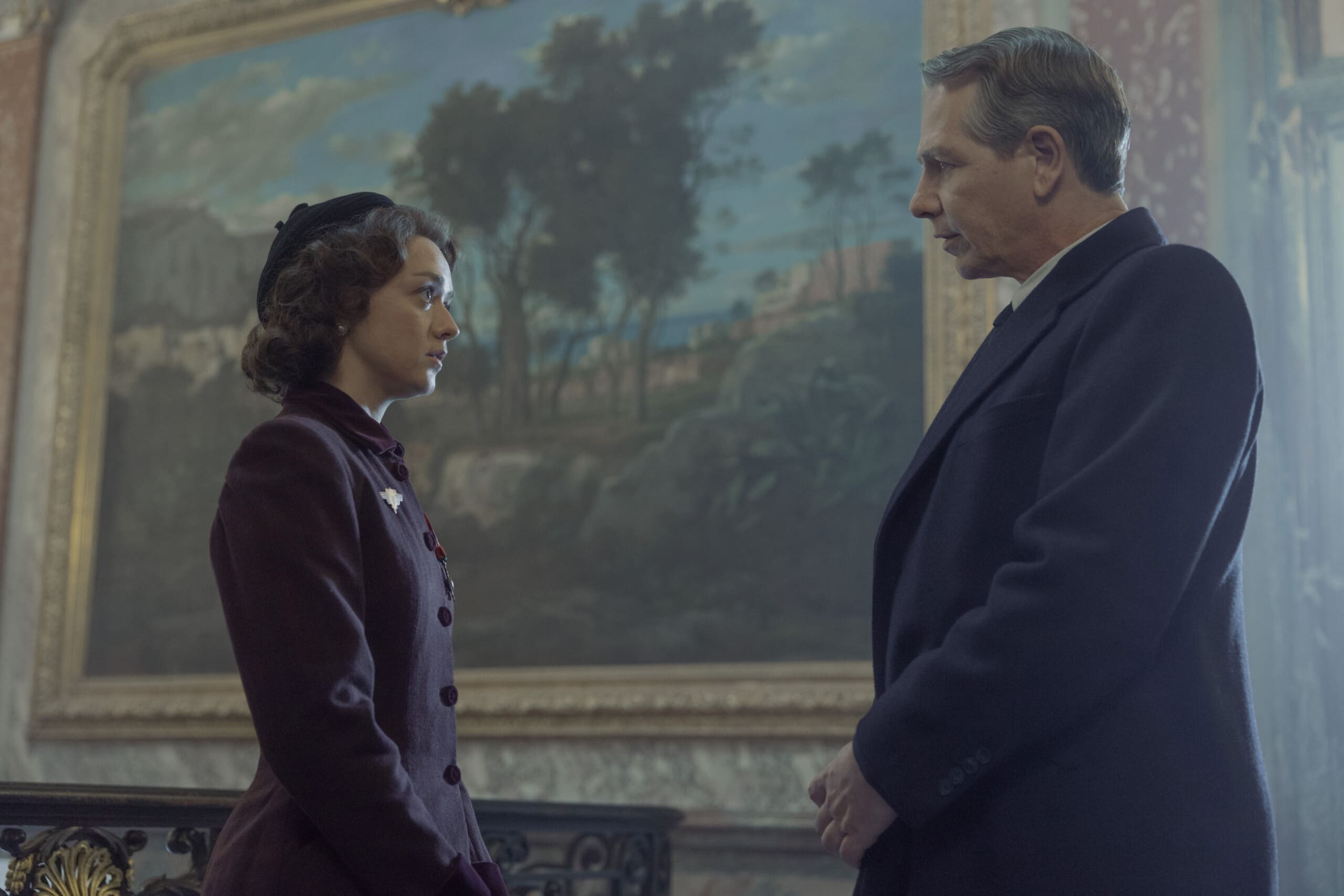
The New Look, Apple’s latest original series set against the backdrop of World War II, intertwines the lives of fashion titans Christian Dior (Ben Mendelsohn, Rogue One: A Star Wars Story) and Coco Chanel (Juliette Binoche, The English Patient). The show, inspired by true events, offers a compelling narrative that delves into the world of fashion during the historical upheaval. While the series adeptly navigates through the complexities of the lives of these two iconic figures, there’s a yearning for a deeper exploration into the artistic process and vision that defined Christian’s journey in the fashion industry.
Despite its marketing of the show focusing on Christian, specifically the creation of his fashion empire, the series falls short in delivering substantial screen time and narrative depth to Christian’s commitment to creating the most beautiful women’s clothes. The opening episode sets the stage by stating this is the story of how this unknown fashion designer brought back the spirit and life to the world, yet it fails to explore this narrative thread fully.
The first episode did a phenomenal job balancing Christian’s fashion with him and his family during World War II. It started off where he is “today,” which is 1955, and during a fashion Q&A, a girl asks why he kept his doors open to the Germans during World War II when Coco closed her doors. It cuts to him working during World War II and why he stayed open — it was to survive. Then, it cuts back to the present day in 1955; the flashback shows us his answer and gives us an in-depth look at his backstory with him and his family, rather than just showing him say it. The rest of the season focuses on continuing the flashbacks of what his family went through. While this technique of staying in the past shows the challenges he and his sister faced during World War II, it falls short of providing a more comprehensive understanding of his creative process in establishing his couture house.
Seeing the struggles and setbacks Christian and Coco went through to get to where they are in 1955 is eye-opening and really shows how resilient the two are. However, as much as it is an intense and noteworthy main plot, it would have been interesting to see more of the fashion side of things with both of them.
Since The New Look explores Christian’s and Coco’s personal lives in-depth, it did make a few of the plot lines in the episodes feel slow-paced, as if it was dragged on. It focused a little too much on Coco’s involvement with the Nazis, but at the same time, this shows Coco trying to get her company back in a great amount of detail — so, it’s a difficult balance between seeing the creative side of Coco compared to her plotting and planning. With Coco’s collaboration with the Nazis and her efforts to reclaim her company explored in intricate detail, the show neglects to delve deeper into Christian’s design process and the evolution of his iconic collections.
A more balanced approach would be if the show focused more on Christian opening his couture house with his first collection and the bumps along the road he faced in the industry to get there. By focusing on his meticulous design process, the series could have built anticipation for the unveiling of his revolutionary 1947 collection, which marked a turning point in fashion history as it led to him being the first fashion designer to speak at the Sorbonne, in its 700-year history, for his 1955 fashion line. The New Look could have also spent more than a few minutes on the making of the Miss Dior perfume because the show wanted it to hold a large purpose in the end with his sister. For the viewer, it might not mean as much to them since we only saw him approve the final product.
The series does showcase moments of brilliance, particularly in its depiction of Christian’s 1947 and 1955 fashion shows. However, these highlights are overshadowed by rushed narrative resolutions, such as the hurried montage depicting the completion of Christian’s first collection in the final episode. A more immersive exploration of this pivotal moment in Christian’s career – possibly a whole episode or at least half of one – would have enriched the understanding of his artistic prowess and the significance of his contributions to fashion.
A fun aspect of the series, though, is its inclusion of real-life photographs showcasing Christian’s creations right after the last scene, offering viewers a tangible connection to dresses in the show and other designs in later decades. However, this fleeting glimpse into Christian’s legacy is a poignant reminder of the missed opportunities to delve deeper into his creative process and the enduring impact of his revolutionary vision.
While The New Look offers a compelling narrative set against the backdrop of World War II, its portrayal of Christian’s journey in the fashion industry falls short of capturing the depth and complexity of his artistic legacy. By prioritizing personal drama over professional triumphs, the series misses an opportunity to fully explore the transformative impact of Christian’s visionary designs on the world of fashion. So, let’s hope the greenlit Season 2 plans on diving more into Christian’s fashion.

